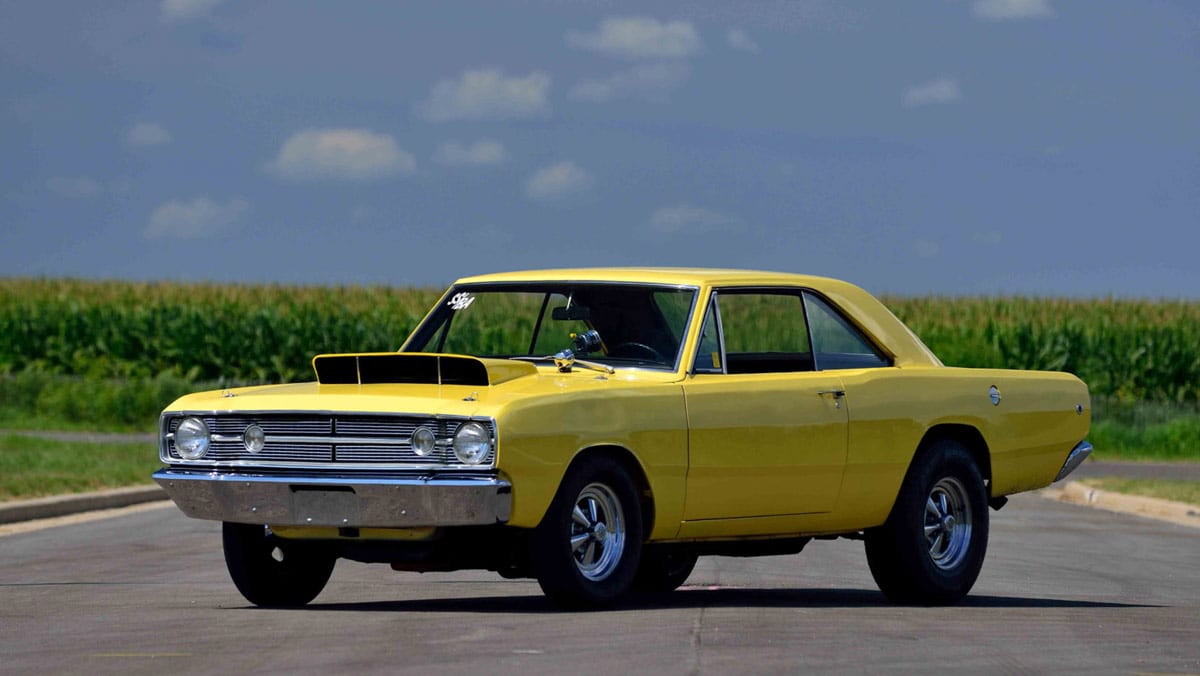Yearning for that incredible classic car barn find is a time-honored tradition. Car enthusiasts frequently dream of meeting heirs of the little old lady from Pasadena, who wouldn’t know a Super Stock Dodge from a rental-grade Plymouth Satellite. This would give you the advantage when trying to buy the car, which has been gathering dust for decades inside their barn, at a below-market price.
But the realities are, especially today, that:
- Barns (and family farms) are increasingly uncommon, meaning these finds are much harder to come by in the first place.
- It’s 2020. You’re more likely to find a Chrysler Sebring than you would any classic muscle car.
In most states, you’re eligible for classic car plates when a vehicle is 25 years old. So this year, with these things in mind, I’ll be exploring some of the most boring, underwhelming, or just terrible vehicles available for purchase in the U.S. in 1995. Something your grandmother may or may not have been driving if she’d passed around that time.
I have a list of cars ready, but before I jump in, I want your suggestions. Tell me: What’s the lamest car or truck you can think of that recently reached classic car status in the eyes of the law?


Leave a Reply